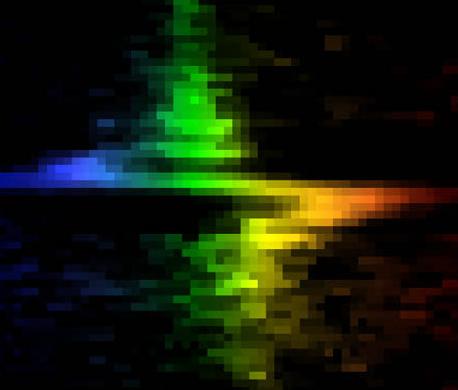 HISTORY - SPIRAL UNIVERSE - COLLECTIVE UNCONSCIOUS
HISTORY - SPIRAL UNIVERSE - COLLECTIVE UNCONSCIOUS 
Facts & " Unconscious Associations "
It is very interesting that the concept of a spiral time and universe are expressed in various artifacts and monuments of various ancient civilizations. This concept is linked to various mythological and religious beliefs, and spiritual practices of people. An interesting example kan be seen on the ceiling of the Sistine chapel in the Vatican (Fresco Painting Panel, Michel Angel).

It is enough to open an encyclopaedia or search in the net to find an abundance of examples. The brightest example of the concept of the helix is the abundant appearance of the entwined snakes, the above example, in various regions of the ancient world, both the Old World and the New World, regions that are thousands of kilomiters apart. The classical example of the entwined snakes is seen on Hermes Staff. Hermes was a God of ancient Greeks. He was considered as the originator of geometry, the science of numbers, botany and medicine.

Artists are known to be able to grasp the essence of our perceptive world, and project that essence into details that unmistakably bear not only the psychological, subjective, shades of our existence but the physical ones as well. A portrait of a renaissance Italian woman (? artist). The serpent winds beautifully around the necklace, reminding of the relationship between Time and Fime.
The above does not mean literally that our ancestors knew in the Past "all" what we know at Present, and what mankind is going to discover in the Future, but it rather demonstrates an important concept about life and time:
Time being percepted only by living objects has this perception interrelated throughout the time itself. Fime Theory explains, among other things, how this process does operate in terms of physics.
Could the above concept be one of the corner-stones that govern the appearance of C G Jung's Arketypes that constitute The Collective Unconscious?
PS An interesting source to read about the concept of arketypes and the collective unconscious is C G Jung's book Man and His Symbols. The book was Jung's last work. Some of his most outstanding followers contributed to the book, which is full of illustrations and is not difficult to read.






